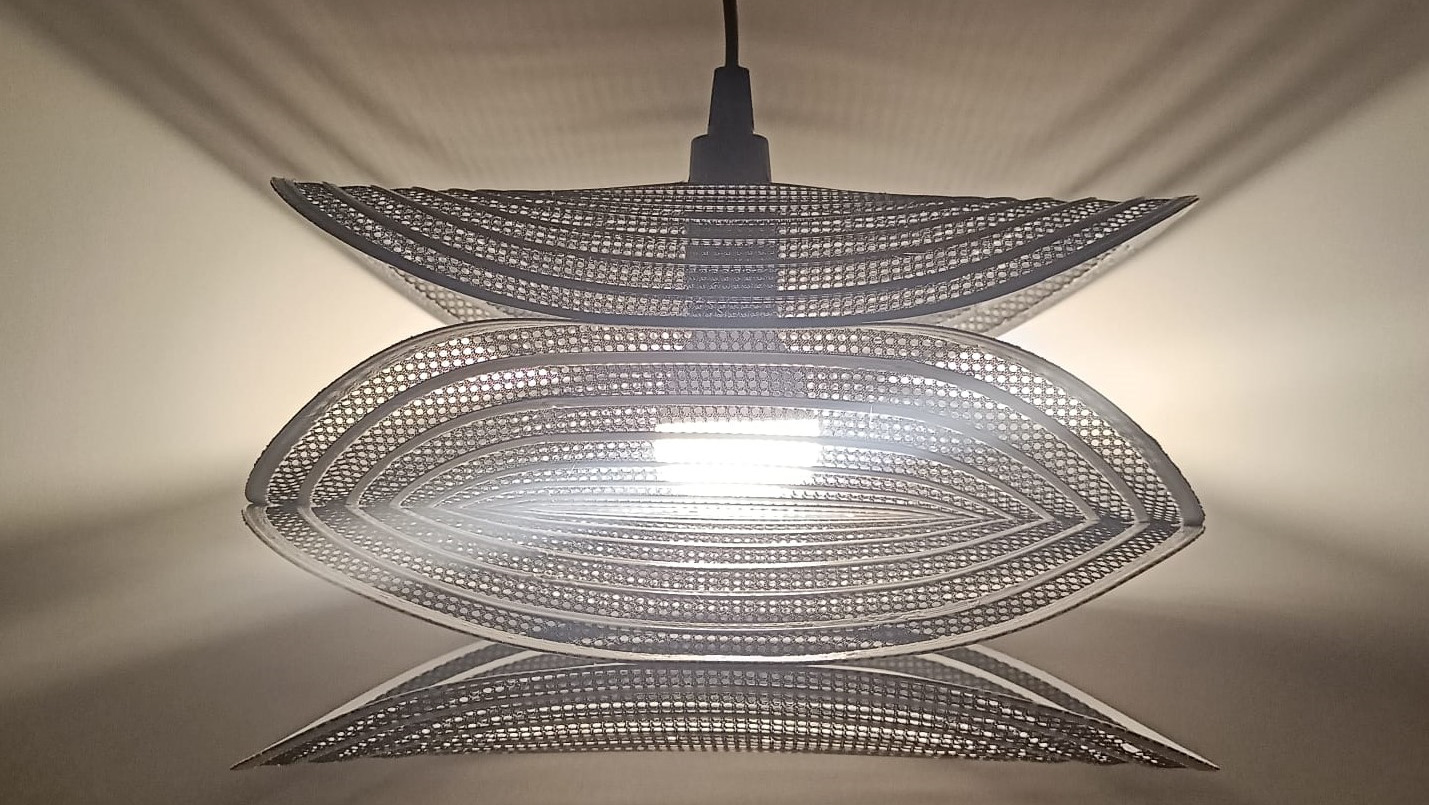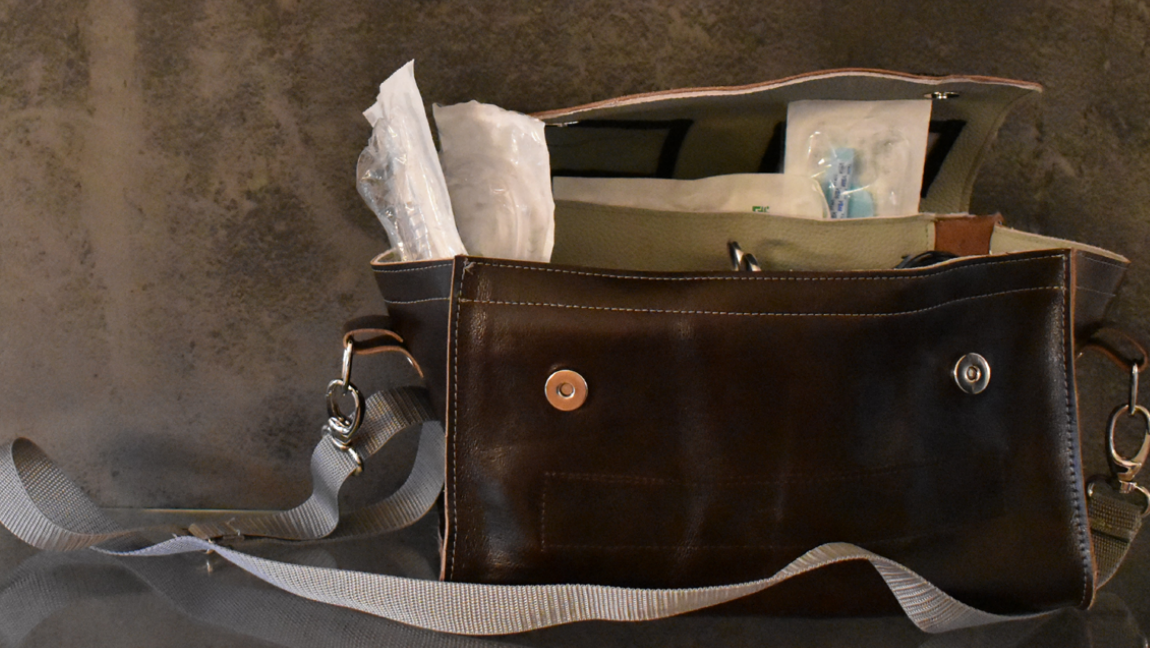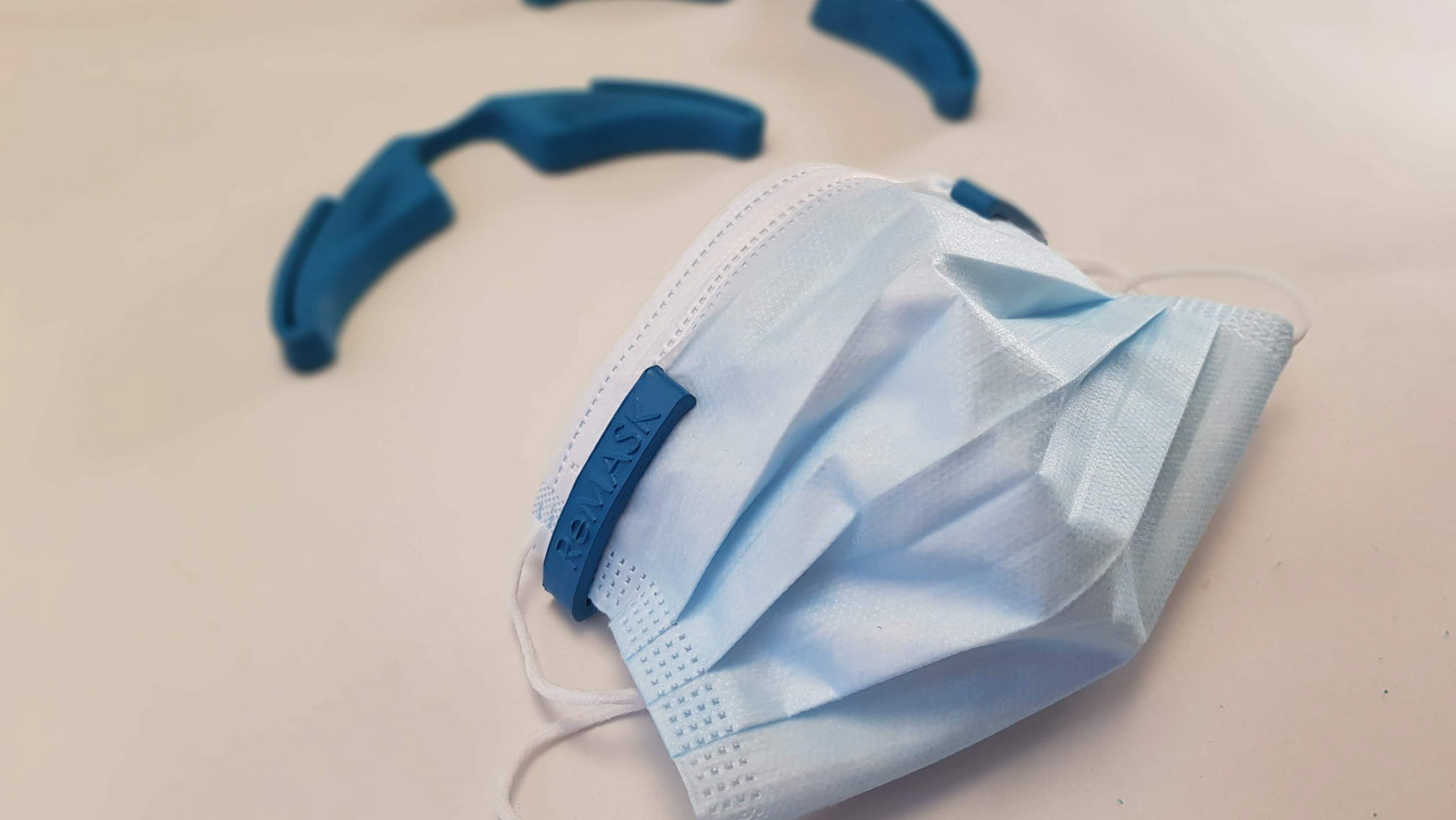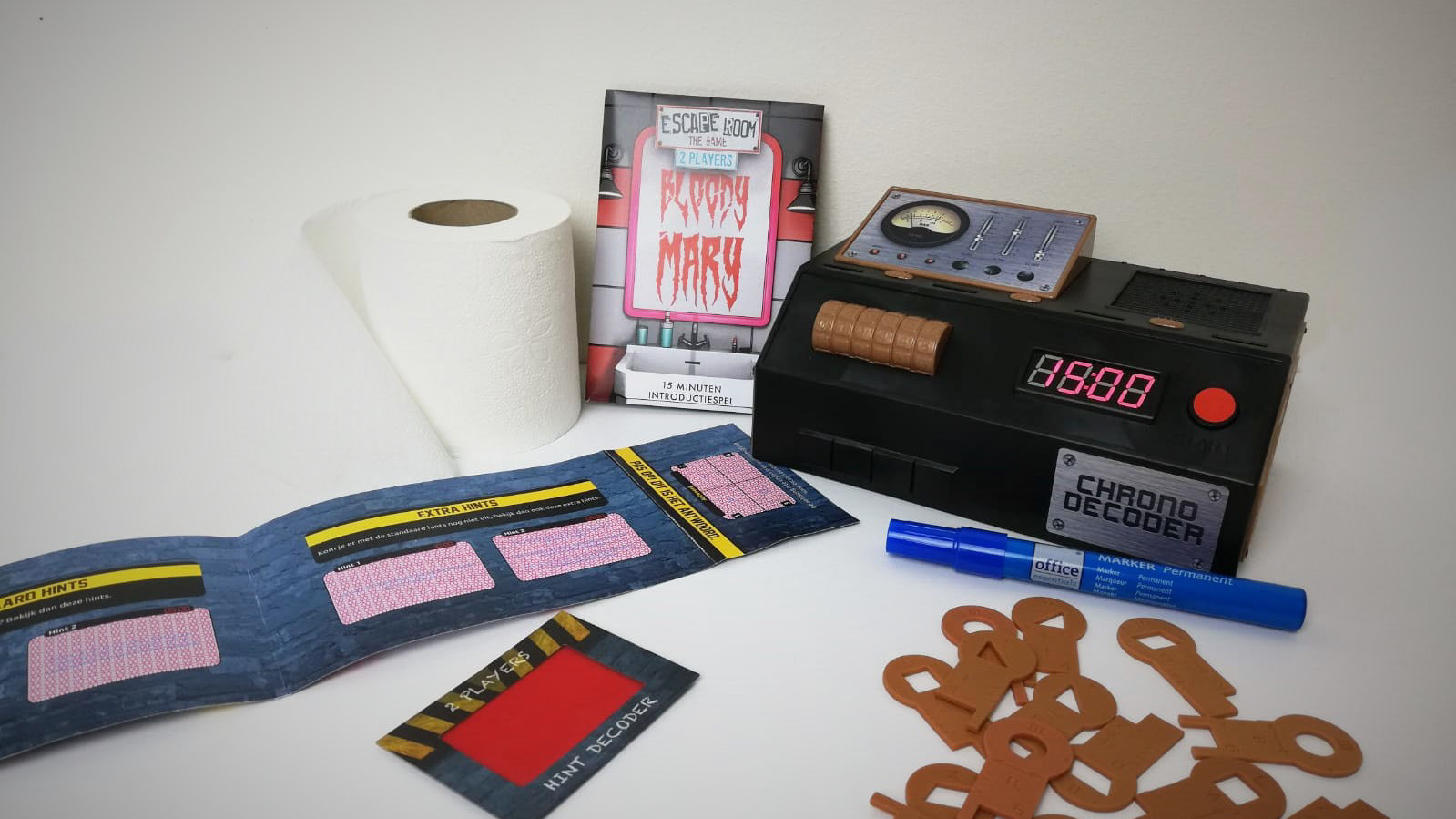Sustainable XXL 3D printed outdoor furniture
Objectives:
- FGF 3D printing
- Sustainability & Material studies
- Ergonomics
Design Challenge
The challenge of Poly Products revolves around the creation and application of large-scale 3D-printed street furniture using their new CFAM 3D printer. The company aims to explore the commercial potential of 3D printing for urban furniture, a niche market. The challenges include designing a product that is functional, aesthetically pleasing, circular, and durable while demonstrating the capabilities of their XXL 3D printing technology.
Solution
This project highlights the development of the CircuChair, an outdoor furniture piece produced using FGF 3D printing technology. As part of the project, I explored the application of this large-scale 3D printer in the design and manufacturing industry, gaining hands-on experience in operating the XXL FGF 3D printer. This initiative unlocked significant potential for Poly Products BV in leveraging 3D printing for innovative solutions.
The project’s core objective was to create sustainable, 3D-printable furniture that addresses urban challenges and aligns with city planning goals. By researching urban issues in major cities like Rotterdam and Amsterdam, I designed furniture intended for events and seasonal use—temporary yet functional urban arrangements. The design prioritizes low weight, modularity, and mobility, with a strong focus on ergonomics, which was confirmed through user testing that demonstrated the chair’s comfort and support.
The circular design of the CircuChair utilizes rPETG-30GF, a recyclable material despite its glass fiber content, which also makes it suitable for 3D printing. This material supports customization, offering a range of color options and the ability to incorporate logos on the chair’s backrest.
1:1 prototypes
In this design challenge, brainstorming and sketching initiated an iterative process of manufacturing full-scale (1:1) prototypes. With each successive prototype, both ergonomics and aesthetics were refined and improved, building upon the insights gained from previous iterations.
User testing




Ergonomics and aesthetics were tested during a user test, where 16 individuals were asked to sit on the object. Overall, this test showed that the objects are comfortable.





